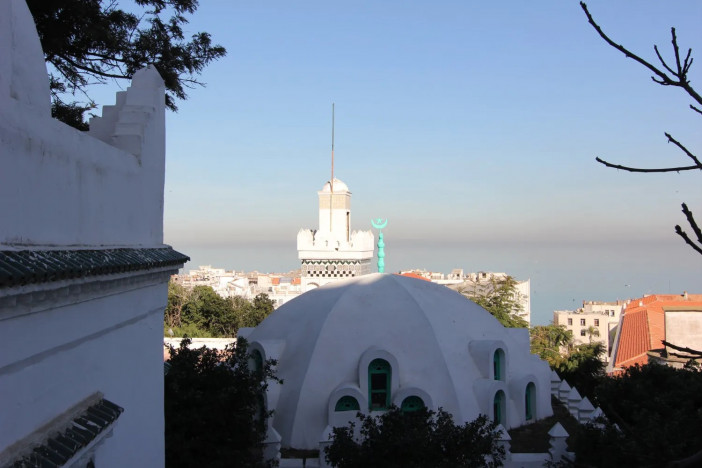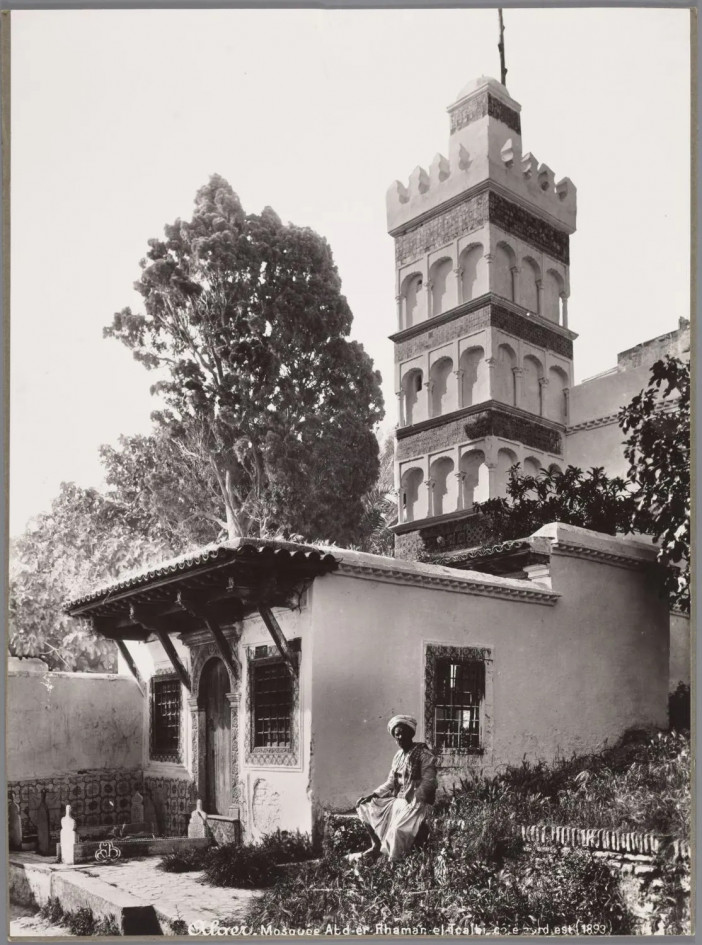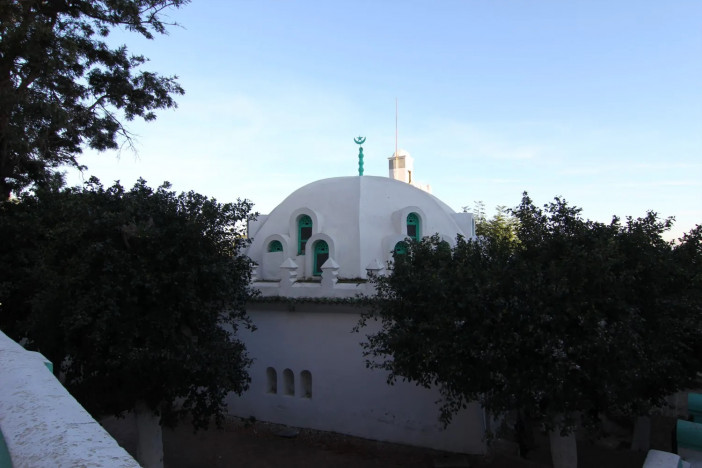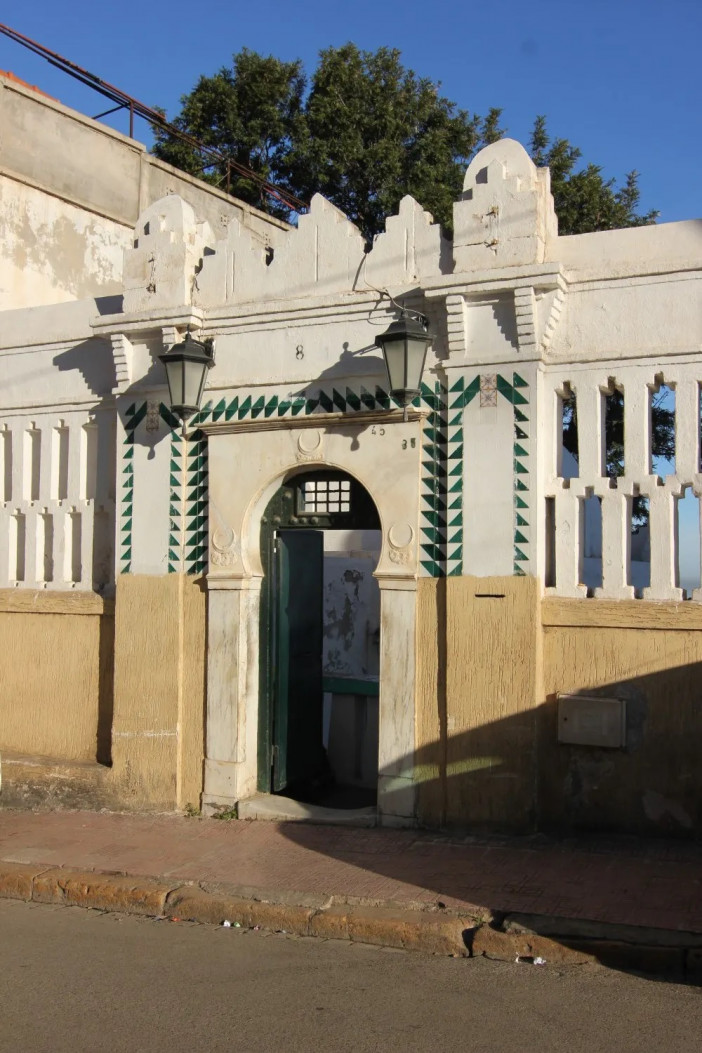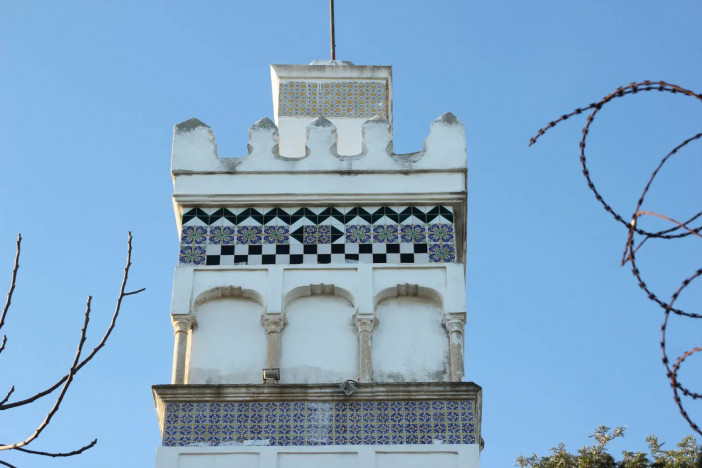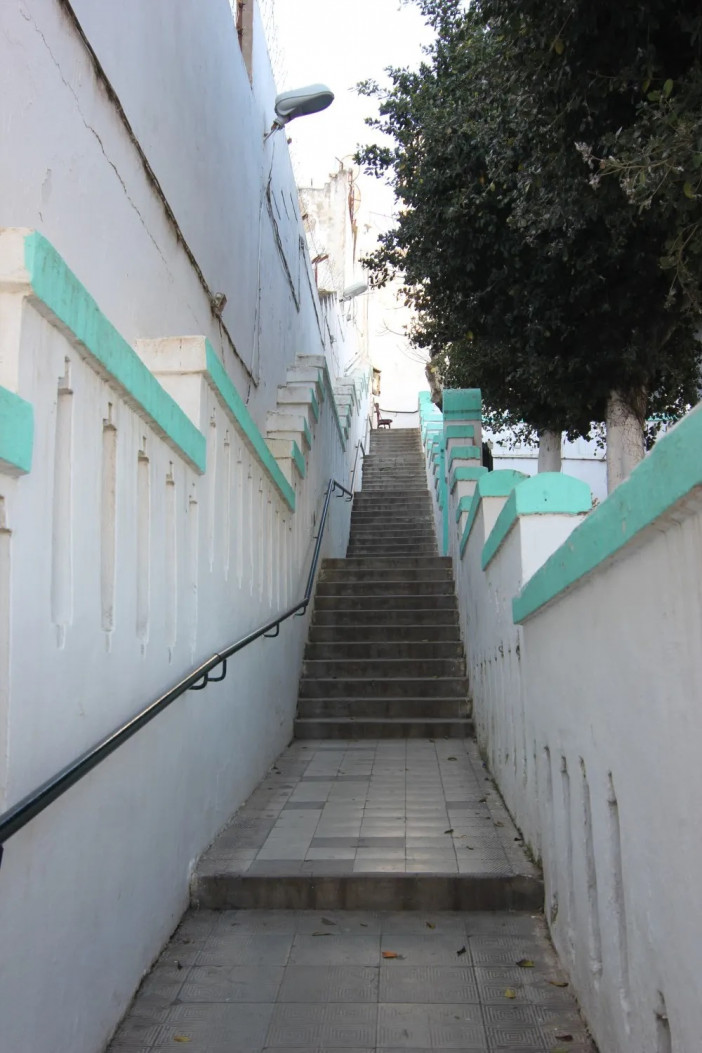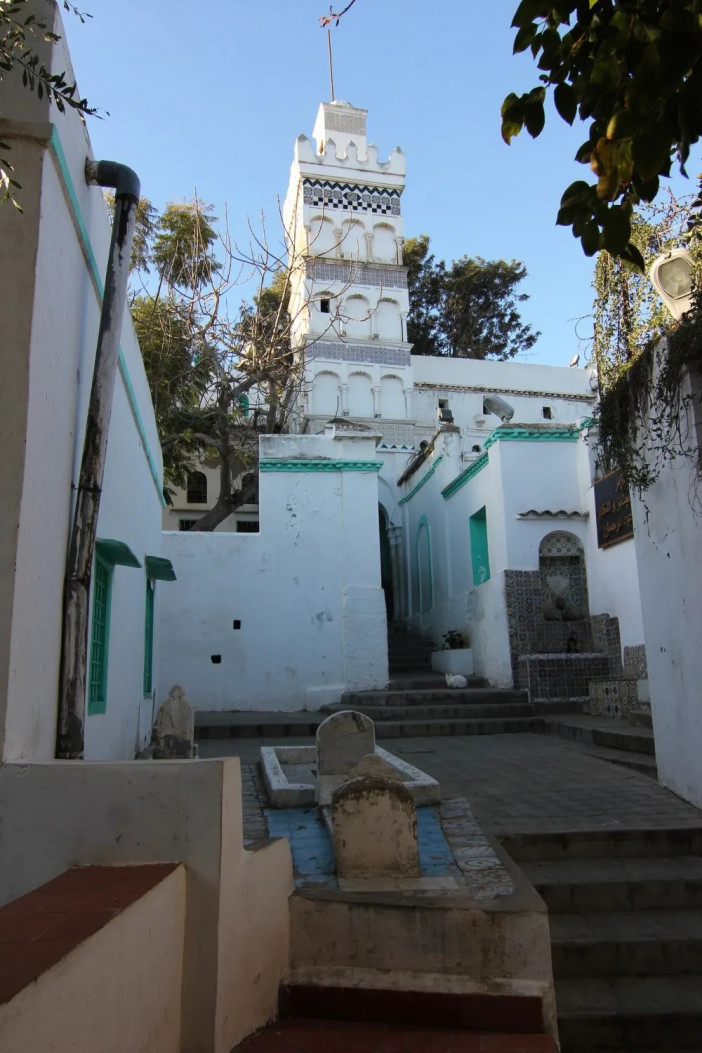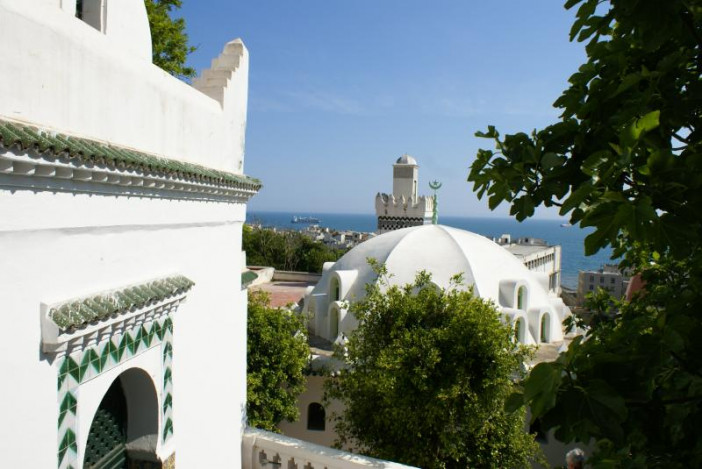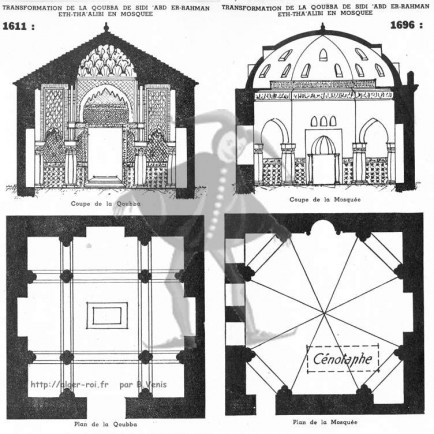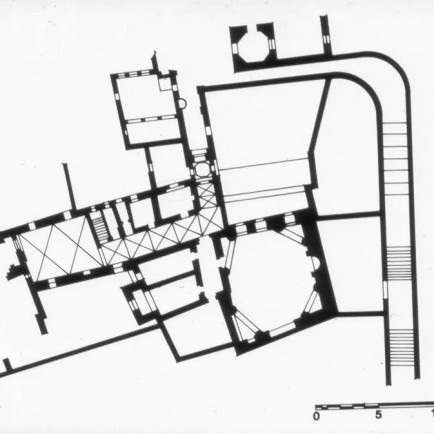Sidi Abderrahmane Mosque
History
The Sidi Abderrahmane Mosque is a mosque in the Kasbah of Algiers dating from the seventeenth century. Built around 1621, it is a small mosque and mausoleum (koubba) dedicated to the thinker and theologian Sidi Abderrahman et-Thaâlibi (1384-1471). The mosque itself dates from 1696; it is built around the tomb of the theologian in the enclosure of the Zaouïa of Sidi Abderrahmane
Urban and Architectural
Currently, the mosque serves as a mausoleum once more. To access the site's many components, you must descend a steep stairway that is situated on the property. Therefore, the property consists of the mosque's outbuildings, a minaret, a cemetery, graves, and a funeral home with a mihrab. Uneven quadrilateral in shape, this space is encircled by an 8-meter-diameter dome with eight sides. This dome contains triangle-shaped windows that project outward on each of its four corners.
The government of the deys could not ignore the tomb of the theologian who had made the reputation of Algiers in the West as in the East. It is dey Hadj Ahmed el Atchi, who decides to transform the tomb into a mosque in 1696
The final modification of 1729 included the addition of the square-based minaret. The minaret's three triers, which are divided by a Zellij frieze and ornamented with four columns supporting depressed arches, make up each of its two sides. A lantern with a square base and an eight-sided dome on top completes the ensemble.
A whole necropolis has grown up around the mausoleum throughout the years, with new tombs being added to the burial chamber each time. There are tombs for a number of Ottoman governors as well as the oukils, or guardians, who looked after this revered structure. The mausoleum is now very well-liked by Algerians, especially on holy days and religious Fridays. The mausoleum of Sidi Abd al-Rahman is recognized as a site of remembrance and a testament to ancestral values in the communal memory of the city.
Description
The government of the deys could not ignore the tomb of the theologian who had made the reputation of Algiers in the West as in the East. It is dey Hadj Ahmed el Atchi, who decides to transform the tomb into a mosque in 1696, more precisely into a zaouïa. The koubba of Maghrebian type is going to be influenced by a new style, with a cover in dome similar to that of Anatolia.
The sepulchral chamber is equipped with a mihrab comprising two columns and earthenware from Asia Minor and is used as an oratory, which may seem a suspicious feature with regard to Islam, which forbids prayer on a tomb. A square minaret is added to the ensemble for the call to prayer.
References
https://fr.wikipedia.org/wiki/Mosqu%C3%A9e_Sidi_Abderrahmane
https://www.archnet.org/sites/5387
Details
الموقع
Algiers, Algeria
عدد المصليين
150
المالك / المتبرع
Sidi Abderrahman et-Thaâlibi
تاريخ البناء
1621
Area
300
الرسومات المعمارية
الخريطة
History
The Sidi Abderrahmane Mosque is a mosque in the Kasbah of Algiers dating from the seventeenth century. Built around 1621, it is a small mosque and mausoleum (koubba) dedicated to the thinker and theologian Sidi Abderrahman et-Thaâlibi (1384-1471). The mosque itself dates from 1696; it is built around the tomb of the theologian in the enclosure of the Zaouïa of Sidi Abderrahmane
Urban and Architectural
Currently, the mosque serves as a mausoleum once more. To access the site's many components, you must descend a steep stairway that is situated on the property. Therefore, the property consists of the mosque's outbuildings, a minaret, a cemetery, graves, and a funeral home with a mihrab. Uneven quadrilateral in shape, this space is encircled by an 8-meter-diameter dome with eight sides. This dome contains triangle-shaped windows that project outward on each of its four corners.
The government of the deys could not ignore the tomb of the theologian who had made the reputation of Algiers in the West as in the East. It is dey Hadj Ahmed el Atchi, who decides to transform the tomb into a mosque in 1696
The final modification of 1729 included the addition of the square-based minaret. The minaret's three triers, which are divided by a Zellij frieze and ornamented with four columns supporting depressed arches, make up each of its two sides. A lantern with a square base and an eight-sided dome on top completes the ensemble.
A whole necropolis has grown up around the mausoleum throughout the years, with new tombs being added to the burial chamber each time. There are tombs for a number of Ottoman governors as well as the oukils, or guardians, who looked after this revered structure. The mausoleum is now very well-liked by Algerians, especially on holy days and religious Fridays. The mausoleum of Sidi Abd al-Rahman is recognized as a site of remembrance and a testament to ancestral values in the communal memory of the city.
Description
The government of the deys could not ignore the tomb of the theologian who had made the reputation of Algiers in the West as in the East. It is dey Hadj Ahmed el Atchi, who decides to transform the tomb into a mosque in 1696, more precisely into a zaouïa. The koubba of Maghrebian type is going to be influenced by a new style, with a cover in dome similar to that of Anatolia.
The sepulchral chamber is equipped with a mihrab comprising two columns and earthenware from Asia Minor and is used as an oratory, which may seem a suspicious feature with regard to Islam, which forbids prayer on a tomb. A square minaret is added to the ensemble for the call to prayer.


